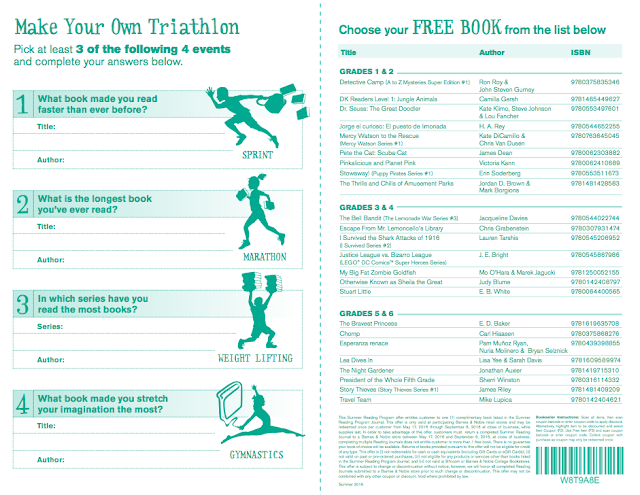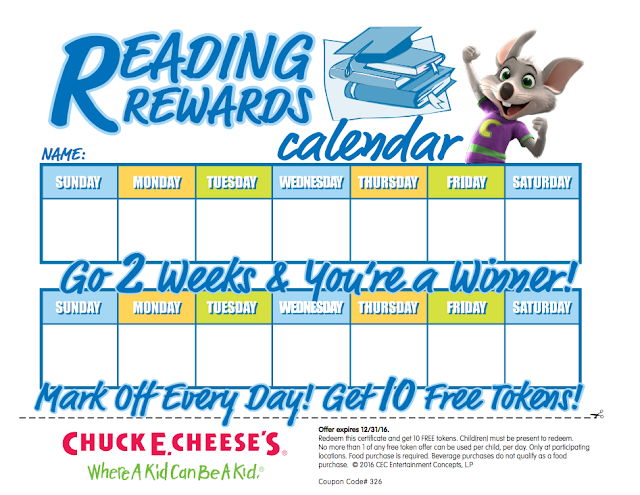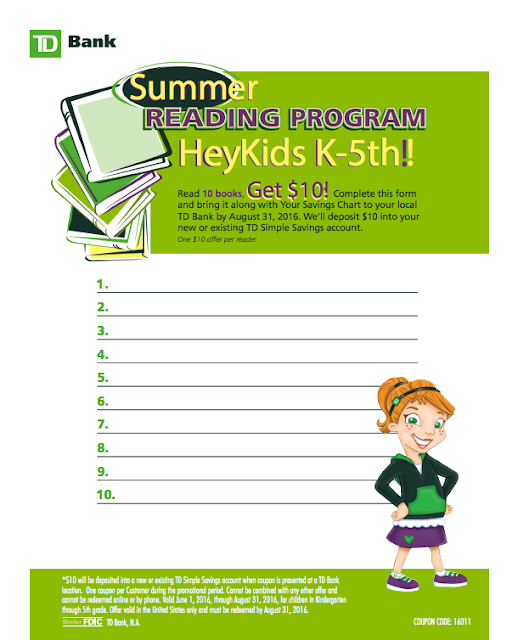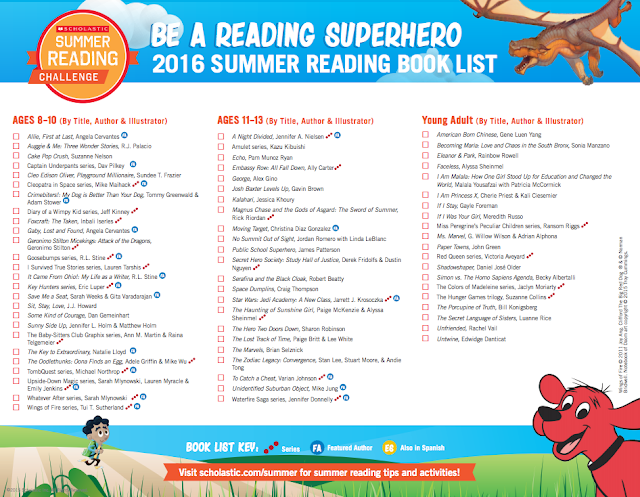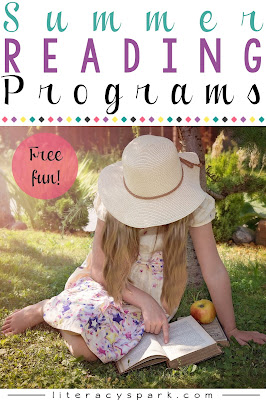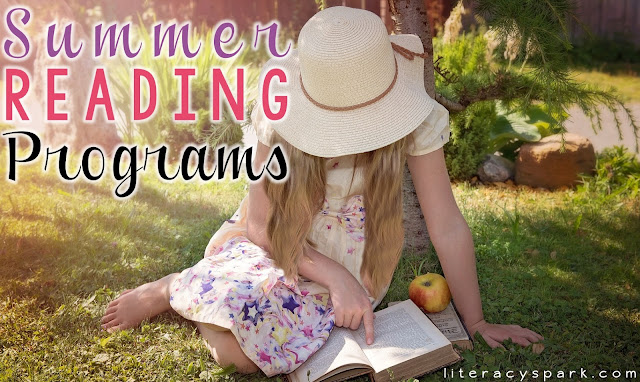
Each spring, I usually post the summer reading programs offered by local retailers on my blog (Literacy Spark). I decided to share them over here for Adventures in Literacy Land readers this time. I like to print the actual calendars for students and put them in a folder that I give them on the last day of school with their report card and other things.
First, make sure to check with your local public libraries and see what programs they will be offering for kids throughout the summer. Often, the librarians will be willing to come into the school and speak to students before summer starts. Many libraries hold summer reading challenges as well as special events and story times.
Barnes and Noble is having its usual summer reading program which rewards students with a free book upon completion of a simple reading journal. Stores will be holding opening ceremony events on June 4th. Find more information here.
Chuck E. Cheese has a bunch of reward calendars on its website available for use any time of the year. One of them is for reading. Kids can bring in a completed reading calendar and get ten free tokens. Calendars are available here.
Half Price books is offering a $5 gift card with the completion of a reading calendar for the months of June and/or July. The calendar can be found here.
Kids that read ten books can get $10 added to their TD Bank account. More information can be found here.
Scholastic is also hosting its summer reading challenge. Schools, teachers, and/or parents can sign their children up to record the number of minutes read over the summer. There are a lot of resources on the site that are great including rewards and things of that nature, but my favorite are the book lists by ages. These would be great to send home with your students. They can be really helpful for parents who aren't sure what their kids should be reading. The resources from Scholastic can be found here.
Sadly, I feel like I find fewer and fewer programs each year! So if you know of any others, please leave a comment and I'd be happy to add them to this list.




